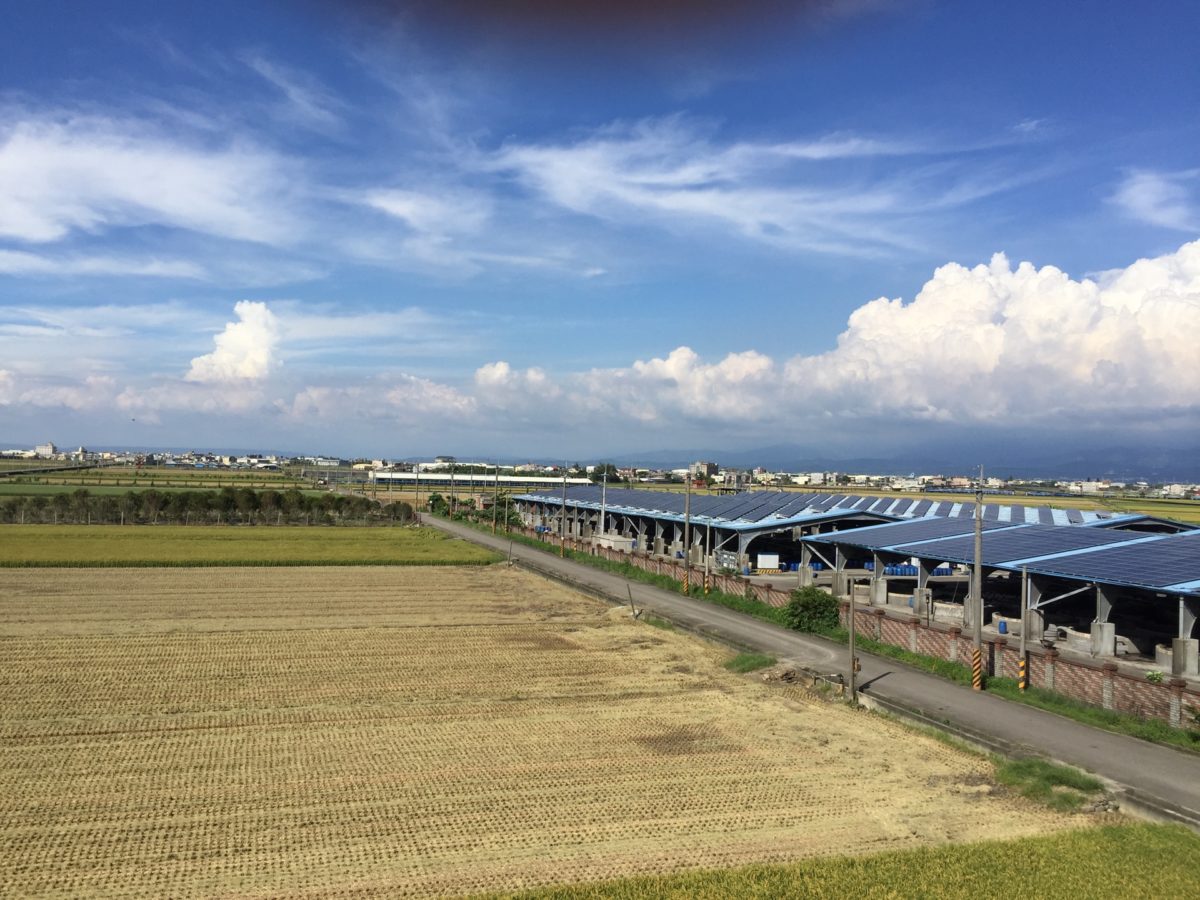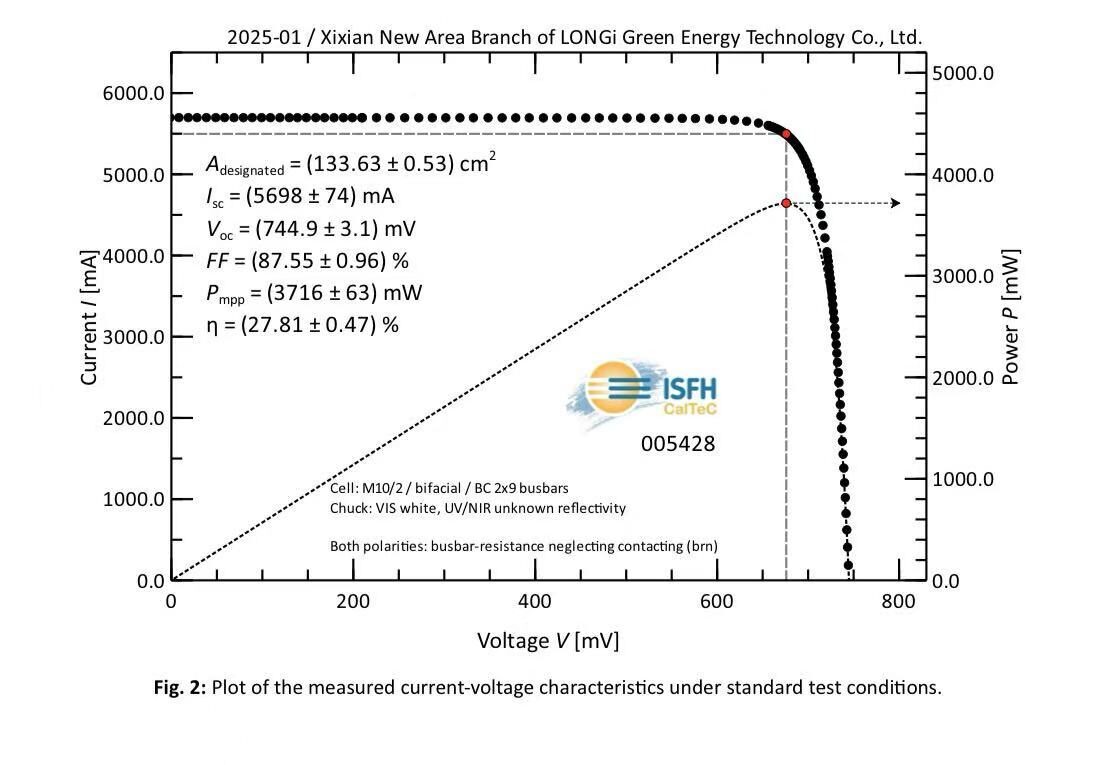Taiwan saw its installed PV capacity figure rise by more than 1 GW last year, according to market research company TrendForce.
A report by the company said 2018 was a record year for the Taiwanese PV installation, with growth almost doubling on the previous year, which had brought 520 MW of new solar. In the first half of last year alone, new additions totaled around 470 MW.
TrendForce analysts said Taiwanese module maker URE – created from a merger between Neo Solar Power (NSP), Gintech and Solartech last year – accounted for 48% of the country’s panel demand in 2018. That figure was up from NSP’s 30% market share a year earlier and translated into around 500 MW of shipments for URE in 2018. “URE benefited greatly from its three-in-one strategy … to become the top contender by module shipments in Taiwan,” wrote TrendForce analysts.
In the inverter segment, TrendForce said domestic manufacturer Delta remained the largest provider last year, albeit with reduced shipments, and said the market share held by German manufacturer SMA remained steady. “But competitors are rushing in as the market expands, splitting the market shares of pre-existing products,” the TrendForce report noted.
FITs and starts
According to the most recent statistics published by the International Renewable Energy Agency (IRENA), Taiwan had a cumulative installed PV capacity of 2.61 GW at the end of last year.
TrendForce is predicting 1.5 GW of additional PV capacity could be deployed in Taiwan this year as a consequence of new efforts being made by the government to push clean energy.
The market research company warned in December, however, 2019 may be a difficult year due to FIT cuts announced by the government. “EnergyTrend believes that the best way is to make clear the annual decline in [FIT] rates to 2025, and to use the subsidy to assist in the development of energy storage, which can supplement intermittent energy sources like solar energy,” it said at the time. It also claimed the sudden cut in FIT rates may cause development to stagnate, rendering the government’s 20 GW-by-2025 solar target impossible.
On the top of the domestic turmoil, China’s 31/5 policy u-turn on public solar subsidies had a chain reaction for global solar which included causing serious consolidation in the Taiwanese cell and module industry.
By the end of last year, Taiwan had achieved only 13% of its 20 GW solar ambition.
The image attached to this article was amended on 11/04/19 to replace a picture of the flag of Taiwan, at the request of TrendForce.
This content is protected by copyright and may not be reused. If you want to cooperate with us and would like to reuse some of our content, please contact: editors@pv-magazine.com.




1 comment
By submitting this form you agree to pv magazine using your data for the purposes of publishing your comment.
Your personal data will only be disclosed or otherwise transmitted to third parties for the purposes of spam filtering or if this is necessary for technical maintenance of the website. Any other transfer to third parties will not take place unless this is justified on the basis of applicable data protection regulations or if pv magazine is legally obliged to do so.
You may revoke this consent at any time with effect for the future, in which case your personal data will be deleted immediately. Otherwise, your data will be deleted if pv magazine has processed your request or the purpose of data storage is fulfilled.
Further information on data privacy can be found in our Data Protection Policy.